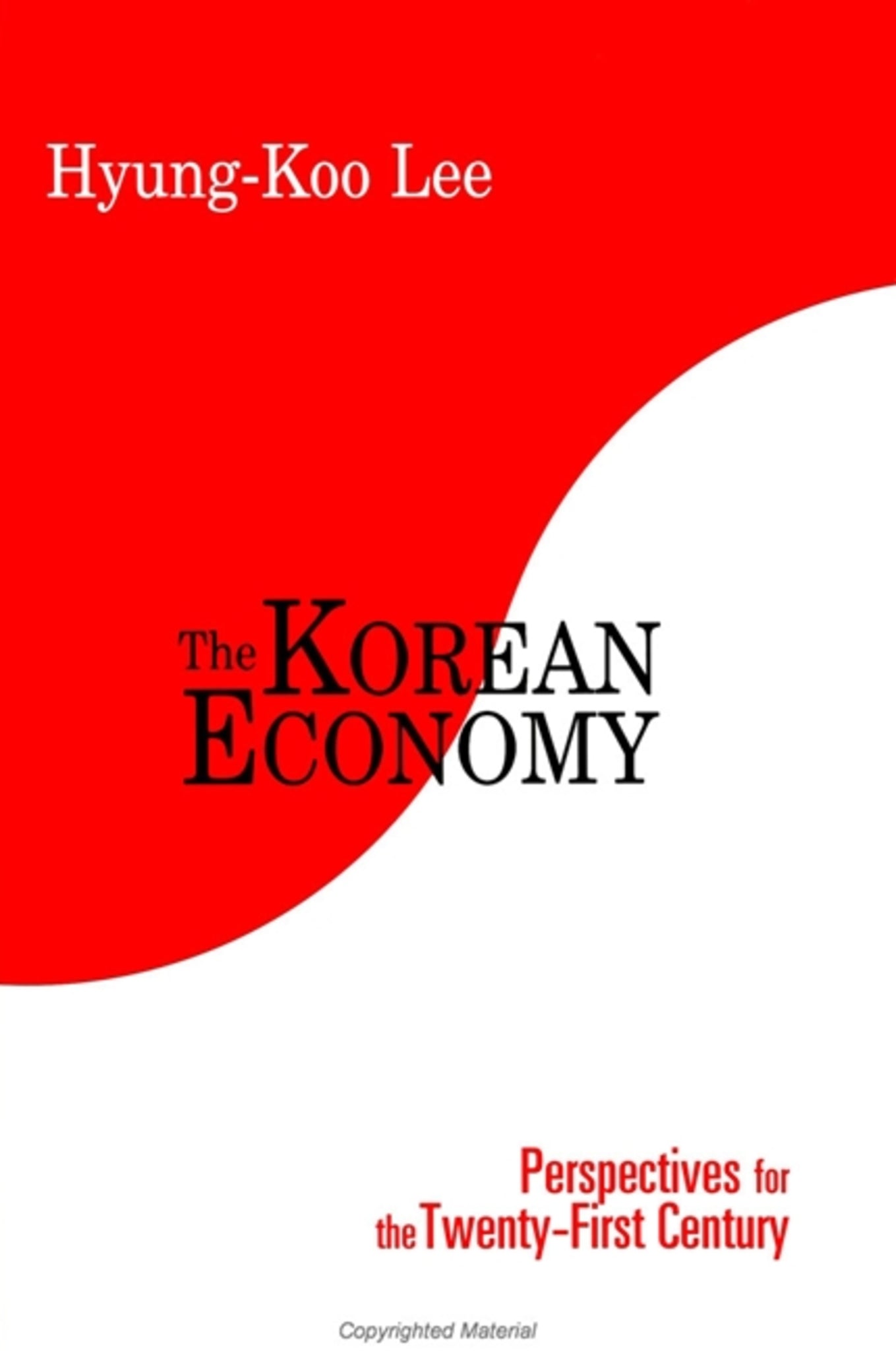We're sorry. An error has occurred
Please cancel or retry.
The Korean Economy

Some error occured while loading the Quick View. Please close the Quick View and try reloading the page.
Couldn't load pickup availability
- Format:
-
25 January 1996

Lee, former South Korean government Minister of Labor for the South Korean government, discusses the country's economic development from 1945-1994 and the public policies that shaped it, arguing that if South Korea is to become a major economic power, the government should withdraw from the economic front line.
In The Korean Economy, Hyung-Koo Lee, formerly South Korea's Minister of Labor, chronicles South Korea's economic development from 1945–1994 and the public policies that have shaped that development. In the past, the South Korean government supported protectionist policies. Mr. Lee, arguing that these policies no longer serve the long-term interest of South Korea's economy, supports the allowance of greater private-sector initiatives, a fundamental paradigm shift in South Korea's economic policy. He argues that if South Korea is to become a major economic power, the government should withdraw from the economic front line. He also provides a succinct analysis of the vast economic potential of a reunified Korea and discusses the pros and cons of two alternative scenarios for the South Korean economy.


"The Korean Economy is a comprehensive diagnosis of the unique path of South Korea's economic development. Mr. Hyung-Koo Lee is exceptionally qualified to address this complex and exciting subject. He has brought his extensive public-service experience and strong intellect to the topic. Before his previous appointment as Minister of Labor for the South Korean government, Mr. Lee served as Governor of the Korea Development Bank, Vice Minister at the Ministry of Construction, the Ministry of Finance, and the Economic Planning Board. As such, he has been deeply engaged in South Korea's economic miracle in recent decades." — Patrick Yeoh, President, DBS Bank
Foreword by Patrick Yeoh
Foreword by Charles S. Sanford, Jr.
Introduction
1. Changing Society
Changing Values and the Emergence of a New Ethics
Technological Innovation and the Industrial Structure
Changes in the Input-Output Structure
2. The Development Process
The Dawn of Economic Development (1961)
Full-Fledged Economic Development (1962-1971)
Achieving Self-Reliance (1972-1979)
Implementation of an Economic Stabilization Policy (1980-1987)
Korean Economy in Transition (1988-1994)
3. Economic Policy in a Time of Transition
The Engine of a Growth-Oriented Economic Policy
Stimulation of the Economy and Investment Policy
The Pursuit of Economic Stability
Industrial Policies Amid Structural Changes
The New Industrial Policy
Trade Policies in the Global Age
The Corporate Financial Situation and Financial Policy
4. Democratization of the Korean Economy and Implementation of Nord-Politik
Policy Reform for Democratization
The Korean Bubble Economy
Northern Policy and North-South Korean Economic Cooperation
5. A Major Turnaround in Economic Policy
The Korean Approach to Becoming an Industrialized Nation
Attitudes in an Era of Unlimited Competition
Revision of Policies for Economic Justice
6. A New Paradigm for the Changing Era
Introduction of New Thought in Administration and Bureaucracy
A Blueprint for Sharpening the Competitive Edge of Korean Businesses
The Advancement of the Financial Sector
Redefining the Roles of the Government and Finance
7. The Economic Policy of a Reunified Korea
Lessons from the German Reunification
Economic Cooperation Between the Two Koreas
8. A Vision for the Korean Economy and the Attitude of Koreans in the Twenty-First Century
The Historical Meaning of the Twenty-First Century for Korea
Possible Scenarios for the Korean Economy
Middle- and Long-Term Prospects for the Korean Economy
The Attitude of Key Economic Players Toward the Twenty-First Century
Appendix 1. Principal Economic Indicators
Appendix 2. Gross National Product by Industry
Appendix 3. Expenditure on Gross Domestic Product
Appendix 4. Population and Employment
Appendix 5. Structure of Manufacturing Industry
Appendix 6. Investment Resources
Appendix 7. Scale of Financial Savings
Appendix 8. Major Currency Index
Appendix 9. Consolidated Central Government Financing
Appendix 10. Tax Receipts
Appendix 11. Balance of Payments
Appendix 12. Structure of Commodity Exports
Appendix 13. Imports by Type and Financial Resources
Bibliography
Index



